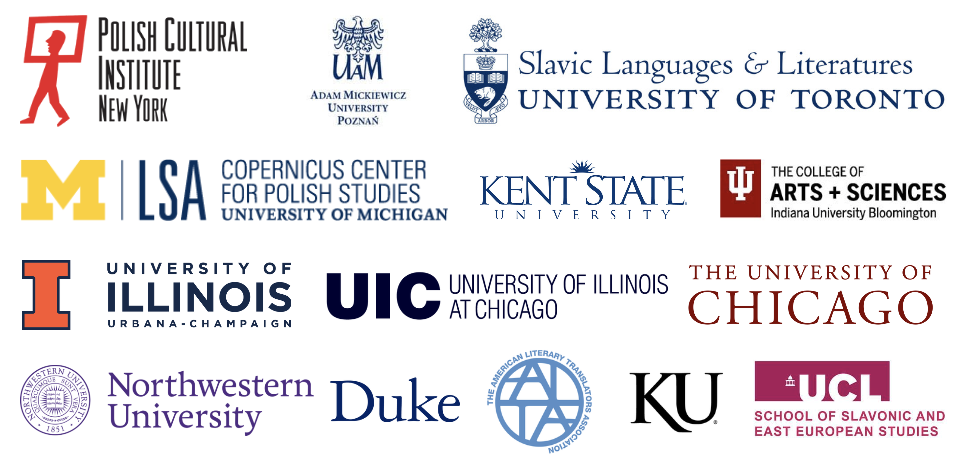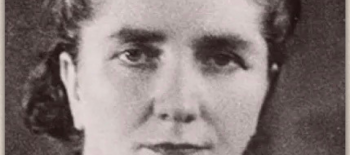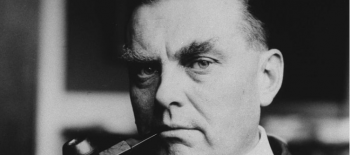S4E1 and all video recordings are available on our YouTube.
Encounters with Polish Literature is a video series for anyone interested in literature and the culture of books and reading. Each month, host David A. Goldfarb will present a new topic in conversation with an expert on that author or book or movement in Polish literature. More about the Encounters with Polish Literature series and the timeline.
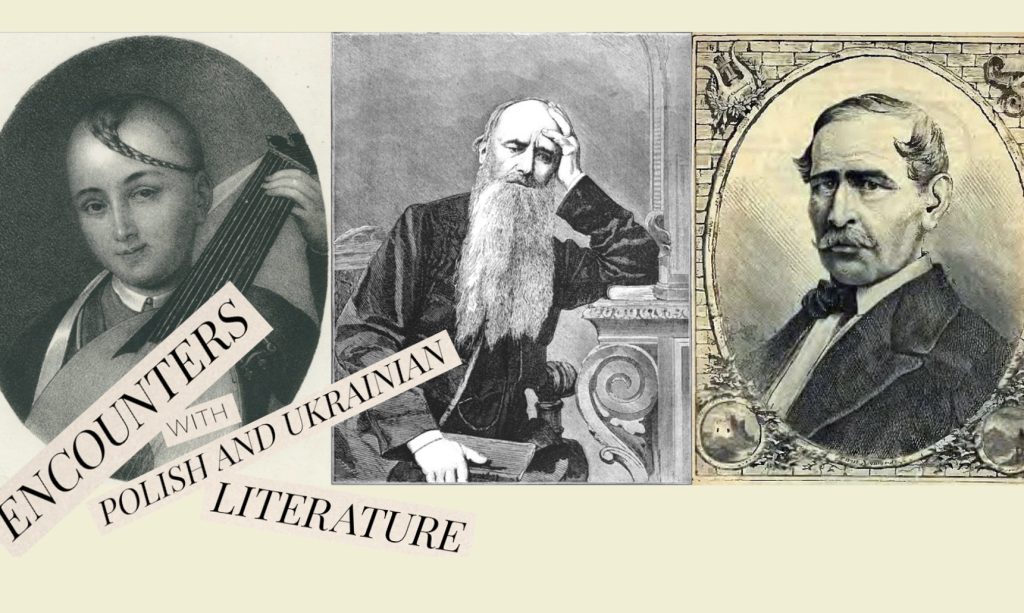
Before Adam Mickiewicz, Juliusz Słowacki, and Zygmunt Krasiński, the foundations of Polish Romanticism in literature were laid by a group of poets oriented toward Poland’s eastern borderlands, outside the academic centers of Warsaw and Cracow. The constellation of writers that have stood out as a marker of this early Romantic period are referred to as the “Ukrainian School” for their works predominately set in the Ukrainian lands. The key figures are Antoni Malczewski, whose Byronic tale, Maria is particularly highly regarded for its psychological insight as well as its poetry. Józef Bohdan Zaleski was so popular that he could be mentioned simply by the name “Bohdan” in Narcyza Żmichowska’s novel The Heathen (Poganka), which we discussed in season 2, episode 11. Zaleski was highly regarded as the “nightingale” of Polish poetry by the Romantics, though contemporary readers might find his “wistfulness” too saccharine for modern ears. Seweryn Goszczyński offers the most well-known version of the story of the Hajdamak uprising at the Castle of Kaniów, which is a theme addressed by several of the Ukrainian school poets. Słowacki’s “Silver Dream of Salome” can be regarded as a work of the Ukrainian school, but we will reserve that for a later episode dedicated to Słowacki.
As we discuss in this episode, all the elements of European Romanticism make their way into the works of the Ukrainian school: the Byronic hero, Laocoön as a symbol of human agony, the sublime, the supernatural, mesmerism, ruined castles, pathetic fallacy, and the like.
The Ukrainian School in English Translation
Malczewski, Antoni. Marya: A Tale of Ukraine. Tr. Arthur Prudden Coleman and Marion Moore Coleman. Schenectady, N.Y.: Electric City Press, 1935.
Watch the episode for some excerpts from Severyn Goszczyński, “The Castle of Kaniów“ translated by David A. Goldfarb and Roman Koropeckyj for the episode.
Selected works in Polish in the public domain, seeking translators
Goszczyński, Seweryn. Zamek kaniowski. Kraków: Wydawnictwo Zielona Sowa, 2004.
Malczewski, Antoni. Maria: Powieść ukrainska (Polish, French, and German editions)
Zaleski, Józef Bohdan. Poezye. Lwów: K. Jabłoński, 1838.
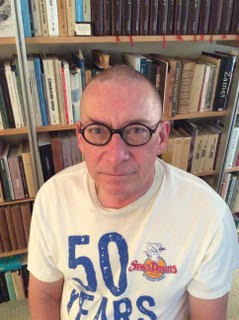
Roman Koropeckyj is a professor in the Department of Slavic, East European, and Eurasian Languages and Cultures at the University of California, Los Angeles, where he’s been teaching since 1992. He received his BA in Comparative Literature at Columbia University in 1976 and his PhD.in Slavic Language and Literatures at Harvard University in 1990. Koropeckyj is the author of two award-winning books on Adam Mickiewicz, The Poetics of Revitalization: Adam Mickiewicz between Forefathers’ Eve, part 3, and Pan Tadeusz (2001) and Adam Mickiewicz: The Life of a Romantic (2008) (published in Polish as Adam Mickiewicz: Życie romantyka in 2013), as well as a number of articles on Polish, Ukrainian, and Little Russian literatures. He is currently at work on a study about the life of the eighteenth-century Ukrainian bandit Semen Harkusha and stories about him.
Bartek Remisko, Executive Producer
David A. Goldfarb, Host & Producer
Natalia Iyudin, Producer
Photo of Roman Koropeckyj, image courtesy of Roman Koropeckyj
Lead image: Ukrainian School–Malczewski, Zaleski, Goszczyński, credit: Wikimedia Commons
